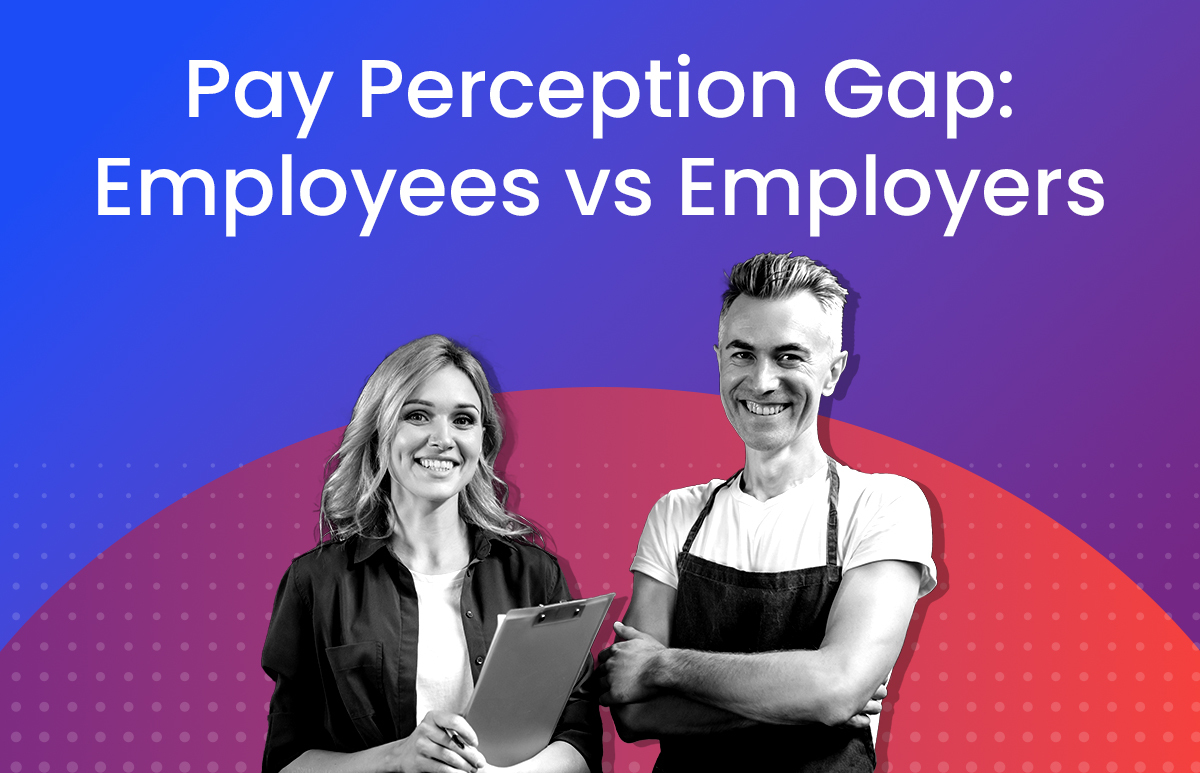5 HR Challenges & How Technology Can Help

In New Zealand, the aged care sector is experiencing a period of significant growth fuelled predominantly by the ageing population, which has put a strain on services to deliver high-quality, compliant care. COVID-19 has added to these mounting pressures, as elderly people are more vulnerable to infection and operating environments are more complex.
In our blog, we outline the common HR-related challenges specific to the aged care sector in New Zealand, and how technology can ease those challenges.
- A workforce in demand
One of the biggest challenges faced by the aged care sector is the ageing population. In fact, the 2015–2020 average industry growth of Aged Residential Care (ARC) services was 4.3%, and in 2017 there were approximately 32,000 New Zealanders living in ARC facilities.[1]
The more people that require aged care and specialised services, the greater pressure there is on the industry to do more with less. The urgency for more workers is reflected in ELMO’s 2021 HR Industry Benchmark Report, which is based on a 2020 survey of 1800 HR professionals in New Zealand and Australia. The report revealed that in the aged care sector*, recruitment was the HR activity that had the most budget allocated to it, according 76% of respondents. However, most respondents (40%) said they do not use any metrics to measure recruitment – they do it manually, in-house.
Completing recruitment activities manually on paper or via spreadsheets is a drain on resources. Organisations would instead benefit from having recruitment technology that automates and digitises processes. ELMO Recruitment and applicant tracking system (ATS) helps to streamline the hiring process and provide a seamless candidate experience. Better yet, it integrates with other ELMO solutions such as ELMO Onboarding, so that consistency, accuracy and professionalism is not compromised.
With the help of technology, aged care providers can reduce the time-to-hire and cost-per-hire, meaning they can quickly address skills gaps to build organisational capability and address industry demands.
- Competition for skilled workers
New Zealanders are living for longer, which means more people are suffering from illnesses, chronic diseases and disabilities. Aged care services are therefore under pressure to deliver specialised care, and the quality is dependent on the employees’ skill level. Aged care nurses are required to manage multiple complex health conditions, as well as palliative and end of life care – all without the support of clinical teams available in hospitals.
Increasing workloads and rising demands places on workers risks sapping the morale of skilled employees and increasing staff turnover. To attract and retain top talent, it’s crucial that staff skills and efforts are monitored and rewarded through a performance management process.
ELMO Performance Management improves employee productivity and engagement through continuous feedback. It enables organisations to align individual and team goals with organisational strategies. It also streamlines the employee appraisal process by offering a range of pre-built goals and development objectives.
- Compliance
While New Zealand’s ARC sector was not placed under the compliance microscope the way the Australian aged care sector was following a Royal Commission in 2018, it’s wise to note the issues at-hand since there have been calls for a similar initiative in New Zealand.
As such, operators of aged care facilities must meet vigorous audit and reporting systems – with relevant bodies having the authority to investigate rest homes at a very high level and all resulting reports being publicly available.
In order to stay compliant with industry standards of care, aged care providers must maximise their employee learning & development offerings. ELMO Course Library offers over 400 eLearning courses covering a range of topics including compliance to ensure staff knowledge and skills remain up to date. Employers can also create their own bespoke content via ELMO Course Builder, and manage staff training via ELMO Learning Management Software.
- Worker remuneration
In 2018 the Government improved pay and conditions for nurses who work in public hospitals, and District Health Boards (DHBs) were required to recruit 500 additional nurses. As a result, ARC facilities in New Zealand have continued to lose nurses to DHBs, which can offer better pay. Aged care nurses earn on average $10,000 a year less than nurses who work in public hospitals.[2]
Remuneration is a pain point for many organisations, especially since COVID-19 as economic hardship has meant many organisations are dealing with trimmer budgets. Specialist remuneration software, such as that offered by Pivot, an ELMO company, can help organisations manage the critical business process of pay reviews, which impacts employee engagement and organisational performance.
- Manual processes
Manual processes are a drain on HR department resources. In fact, according to ELMO’s report, the most time-consuming area for HR is general admin work, according to over two-thirds (65%) of respondents within the aged care sector. Additionally, four in 10 (60%) of respondents said they use spreadsheets to manage employee data. Without an automated system to reduce admin work, HR personnel have less time to work on important business strategies and workplace initiatives.
Digital investment around employee data is sure-fire way to save time and resources and boost engagement. Therefore, aged care providers should use a technology like ELMO HR Core to centralise all employee data. HR Core’s Employee Self-Service (ESS) and Manager Self-Service functionality allows staff to find information from anywhere, on any device, at anytime. It enables employees to apply for leave and check their leave balances, and for managers to oversee absences.
There are many HR-related challenges facing the aged care sector, but with the help of HR technology, providers can enhance employee engagement, address skills shortages, ensure operations remain compliant, attract and retain high performing workers and streamline time-consuming HR processes.
For a concise version of this blog post, download our Fact Sheet on New Zealand’s aged care sector here.
ELMO Software offers people, process and pay solutions in an all-in-one cloud-based platform. This
includes recruitment, learning management system (LMS), performance management, payroll, expenses, and more. ELMO has helped thousands of organisations across Australia, New Zealand and the UK better manage, engage and inspire their people. For further information, contact us.
* The findings are in relation to the “Health Care and Social Assistance” category under which Aged Care falls, according to Australian and New Zealand Standard Industrial Classification (ANZSIC) codes
[1] “Aged Care Residential Services in New Zealand industry trends (2015-2020)”, IBISWorld, 2020
[2] New Zealand Aged Care Association, August 2020
 HR Core
HR Core 









